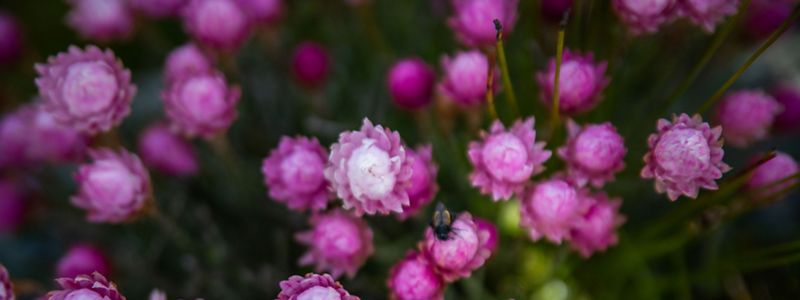
Expansive Lake A view of Lake Tanganyika from Kipili Village, Nkasi District, Tanzania. © Roshni Lodhia
Beneath the surface of Lake Tanganyika lies a story millions of years in the making—a tale of life, resilience, and the delicate balance that sustains one of the world’s most extraordinary ecosystems. Sharing borders with Burundi, the Democratic Republic of the Congo, Tanzania, and Zambia, this ancient lake holds 17% of the world’s surface freshwater and plunges to depths of 1,470 meters, making it the second-deepest freshwater lake on Earth. It is also Africa’s longest lake at 673 kilometers, a lifeline that stretches across borders and unites the lives of millions.
Lake Tanganyika is home to over 1,500 species, including more than 250 species of endemic cichlids. But the lake is more than just a natural wonder—it is a shared resource that demands collective stewardship and equitable management.

Threats to Lake Tanganyika’s Ecosystem
Growing populations and unsustainable fishing practices have pushed Lake Tanganyika to the brink. Climate change compounds these challenges, altering water temperatures, reducing fish production, and increasing the frequency of extreme weather events. The consequences are stark: decreased fish yields, threatened biodiversity, and heightened vulnerability for local communities dependent on the lake's resources.
Illegal, unreported, and unregulated fishing practices, such as beach seining and fishing with fine mesh mosquito nets that capture juvenile fish, continue to devastate fish populations and degrade critical habitats. Agricultural and sediment runoff, along with unhealthy household practices, such as washing too close to the lake’s edge, can threaten the sensitive fish breeding areas.
Our Conservation Efforts
Despite these challenges, there is hope. Building on over a decade of experience working with fishing communities on Lake Tanganyika's shores through the Tuungane Project, TNC is spearheading efforts to scale up community protection and best management practices for fisheries and freshwater biodiversity conservation across the entire four-nation lake.
TNC is partnering with local communities, NGOs, government bodies, and research institutions on a new transboundary Lake Tanganyika Freshwater Program to deliver a unified vision of a well-managed lake that can sustain both people and nature for generations. The program’s founding partners are Lake Tanganyika Authority, Frankfurt Zoological Society, WWF-DR Congo, and Sustain Lake Tanganyika.
“It is important to work across the entire basin,” says Beatrice Marwa, Regional Director of Fisheries and Aquaculture for the Lake Tanganyika Authority based in Burundi. “We have the transboundary resources, whereby they need to be managed in a harmonized measure or in a harmonized approach. Because if one country affects the resource, then the impact goes to the four countries. That's why it is very important to organize those countries to come together and manage the resource so that they can sustainably continue to benefit from it.”


Working With Communities
A crucial first step is empowering communities to comanage their resources through Beach Management Units (BMUs), which are also called Fisheries Management Committees (FMCs) in Zambia and Beach Management Committees (BMCs) in Democratic Republic of the Congo. These community-led institutions, supported by local government, create their own tailored fisheries rules and regulations to protect fish breeding areas, prohibit destructive fishing practices, and promote sustainable fishing practices.
“Since the Fisheries Management Committees have formed, we have demarcated breeding areas where we have been witnessing fish populations growing,” said Muleya Polombwe Mazimba, a former FMC Chairperson for Munjela Village in Zambia. “The FMC works very hard to teach people how to care for natural resources for future generations. So, it’s very important and I’m saying from the bottom of my heart that this should continue.”
Quote: Lloyd Haambiya
For me, the future looks bright, especially if we continue with the interventions that we are providing as a project.

BMUs work closely with local governments to enforce regulations, monitor fish populations, and educate communities on the importance of conservation. By fostering a sense of ownership and responsibility, these groups ensure that local communities are actively and meaningfully involved in the management and protection of their resources.
Thanks to these efforts, illegal fishing activities have decreased, and fish populations are beginning to recover according to local communities and fish catch trends.
The program has also identified 28 nearshore Key Biodiversity Areas of the lake, and TNC is now working with Lake Tanganyika Authority, governments, and NGO partners to focus additional conservation efforts in these areas.
“When we saw that TNC helped us to map Lake Tanganyika with all its species, all its space — it enabled us to visualize the potential of Lake Tanganyika,” said Sylvain Tusanga Mukanga, Executive Director of the Lake Tanganyika Authority.

Vision for a Sustainable Future
Working with partners, our goal is to conserve over 40,000 hectares of the lake, including one-third of its key biodiversity areas, and benefit 100,000 fishers by the year 2030.
This vision is supported by comprehensive scientific research, community engagement, and policy advocacy. By integrating traditional knowledge with modern conservation techniques, we aim to create resilient ecosystems that can withstand the pressures of climate change and human activity.
Stay in the Loop
Sign up for updates from TNC in Africa.



